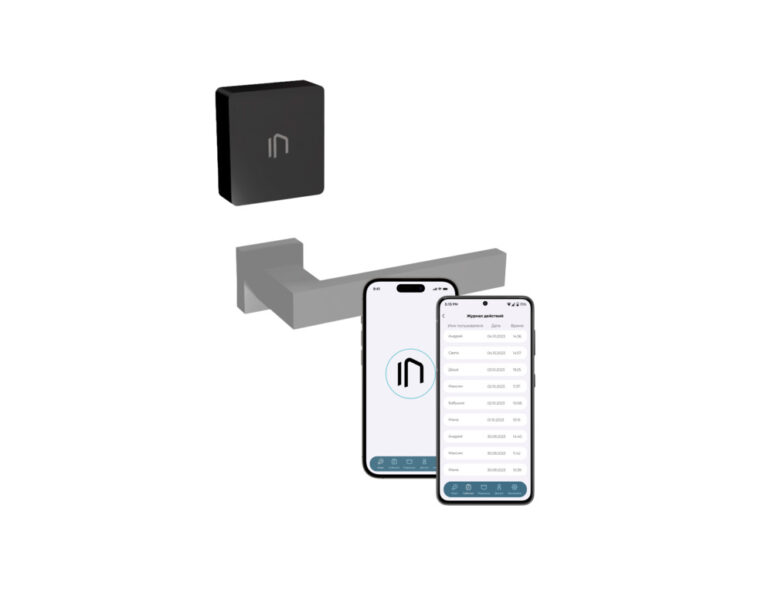DECT Snom M700 microcellular system overview
Good day, dear readers!
We have already reviewed the lineup of desk phones and headsets. What’s next? We invite you to take a look at our DECT telephones and start with a base-based microcellular system Snom M700… Before reading the review, be sure to check out the video on this system and one of the tubes used.
DECT microcellular system and principles of its operation.
Already twice in our reviews, we have addressed the issue of the DECT protocol operation in general and devices using it. But the microcellular system has its own specifics of work, which distinguishes it from the general number of similar solutions. Let’s start with the tasks for which such systems are developed.
Like any technology based on radio waves, DECT technology has a certain range. In this case, it is up to 50 meters indoors and up to 300 meters in line of sight. It would seem that the distance is considerable, but on the scale of warehouses, factories and auto centers, it is not so significant, and it is clearly not enough to fully cover such places. In addition, handsets in standard DECT systems communicate with only one base at a time, although they support roaming.
Roaming in DECT systems, the ability to work with multiple base stations is called. This does not mean that the handset works with them at the same time, it means the very ability to memorize a base station and connect to it if possible (for example, if its signal level is higher) or necessary (when there are no other bases within range).
In addition to roaming, there is a concept of handover in DECT microcellular systems.
Handover it is the ability of handsets to switch between base stations during a conversation without interrupting it. It is this technology that makes the use of a microcellular system so convenient for subscribers, since it allows them to move freely within one or more buildings. Naturally, a base station based system M700 supports both handover and roaming.
Design.

The design of the M700 is modern and austere. The flat black matte case carries a single indicator and this is the main thing that, apart from the logo, attracts attention on the front of the case.

On the back of the base unit there are holes for wall mounting and a cable channel with a connector for an Ethernet cable. The latter serves both for data transmission and for powering the base station; the base station does not have the ability to connect an external power supply.
System functionality.
Typically, a microcellular system is built from several devices with the distribution of roles between them. The system contains base stations and a DECT controller or DECT manager. The latter takes on the role of the central control element, through which interaction with the SIP server is carried out and all elements of the system are controlled. In this case, base stations act only as radio signal repeaters. This approach has a plus – convenient and centralized configuration, but there are also obvious disadvantages.
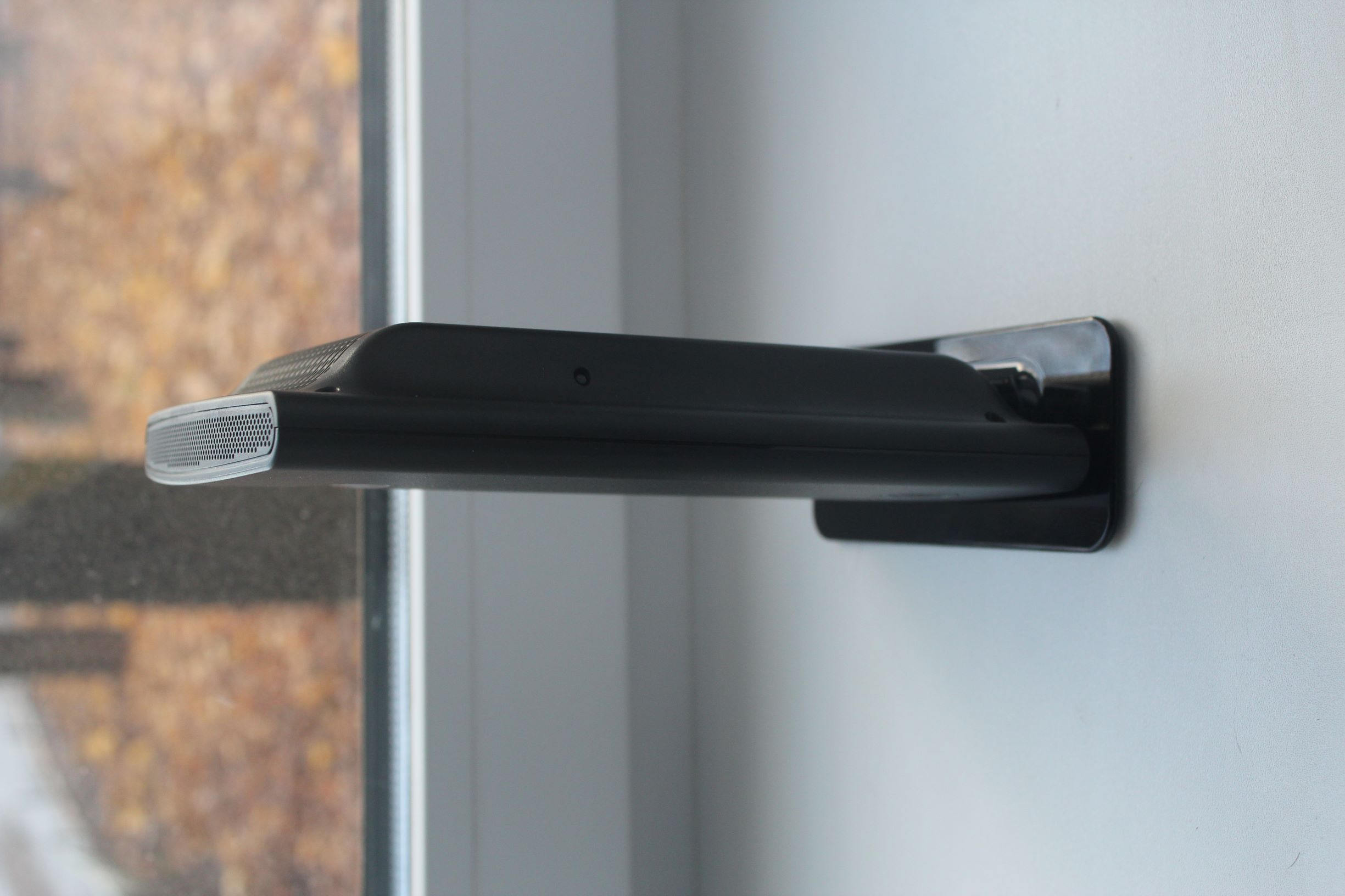
Most often, the DECT manager is a separate device that does not propagate a radio signal, but serves solely for control, so when purchasing a microcellular system, you need to buy not only base stations, but also a rather expensive controller, which increases the cost of the system as a whole.
The second obvious disadvantage is the fault tolerance of such systems. If the settings are stored and applied by a single device, then if that device fails, your system becomes completely inoperative. It is good if the devices in the system are universal and separated only by the role or software version used now, but if the DECT controller also differs from the base in its device, then its loss threatens with a long downtime of the equipment, and if the settings were not backed up in advance, then a complete reconfiguration systems.
Our microcellular system lacks these disadvantages. In total, up to 254 base stations are connected to it, while data about subscribers is contained in each of the base stations, there is no separate controller in the system.

In addition to base stations, we are naturally interested in the handsets connected to this system. In the next review, we will talk about them in as much detail as possible, but for now let’s say a few words about each. The following handsets work with the M700 microcellular system:
Snom M85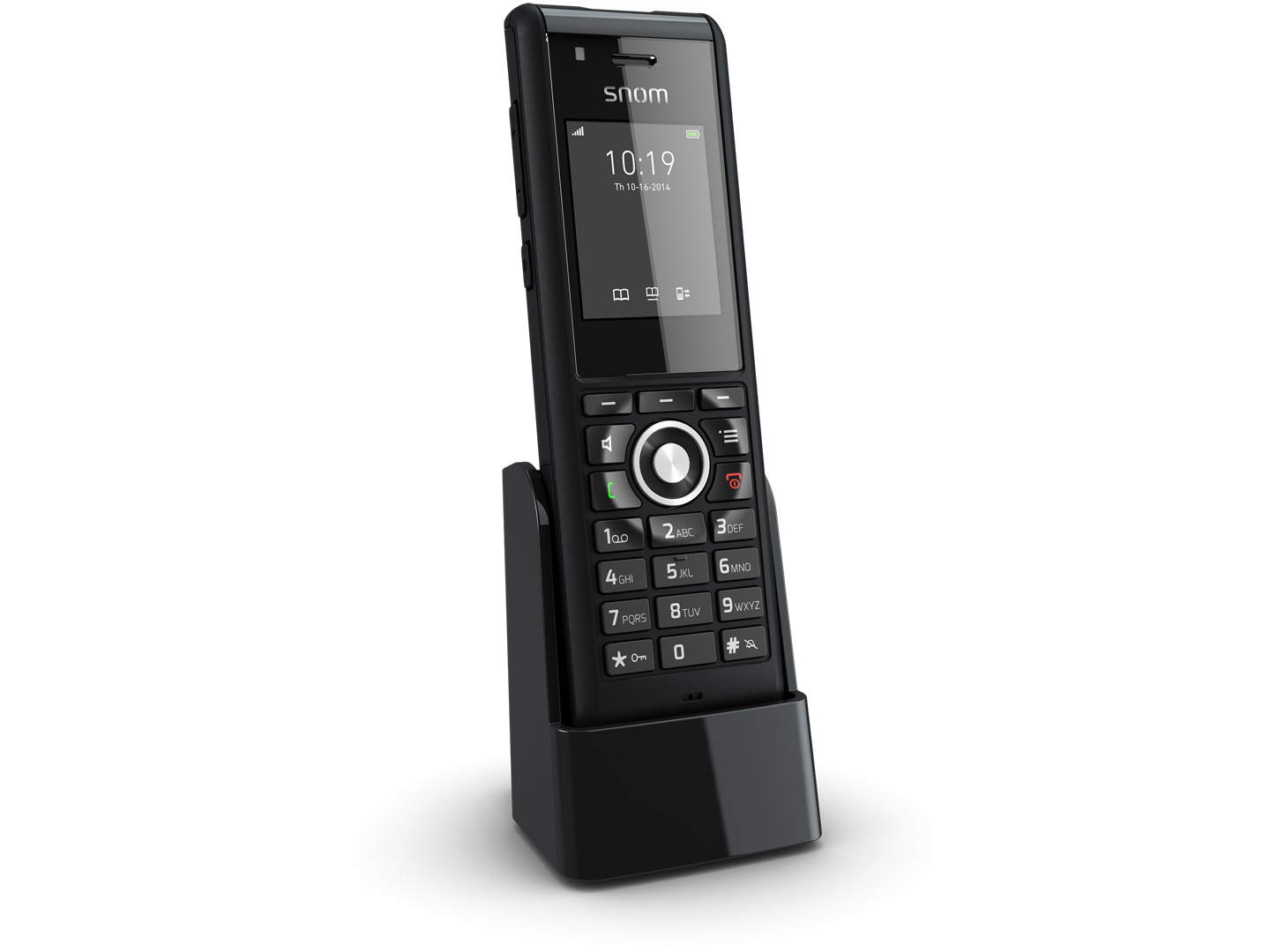
This tube is intended for use in industrial environments, and auto repair shops, factories, warehouses. The tube has a degree of protection against dust and moisture IP65 and shockproof design. There is also a panic button and a position sensor, allowing the microcellular system to be used not only as a means of communication, but also as a means of alerting about unforeseen situations.
Snom M65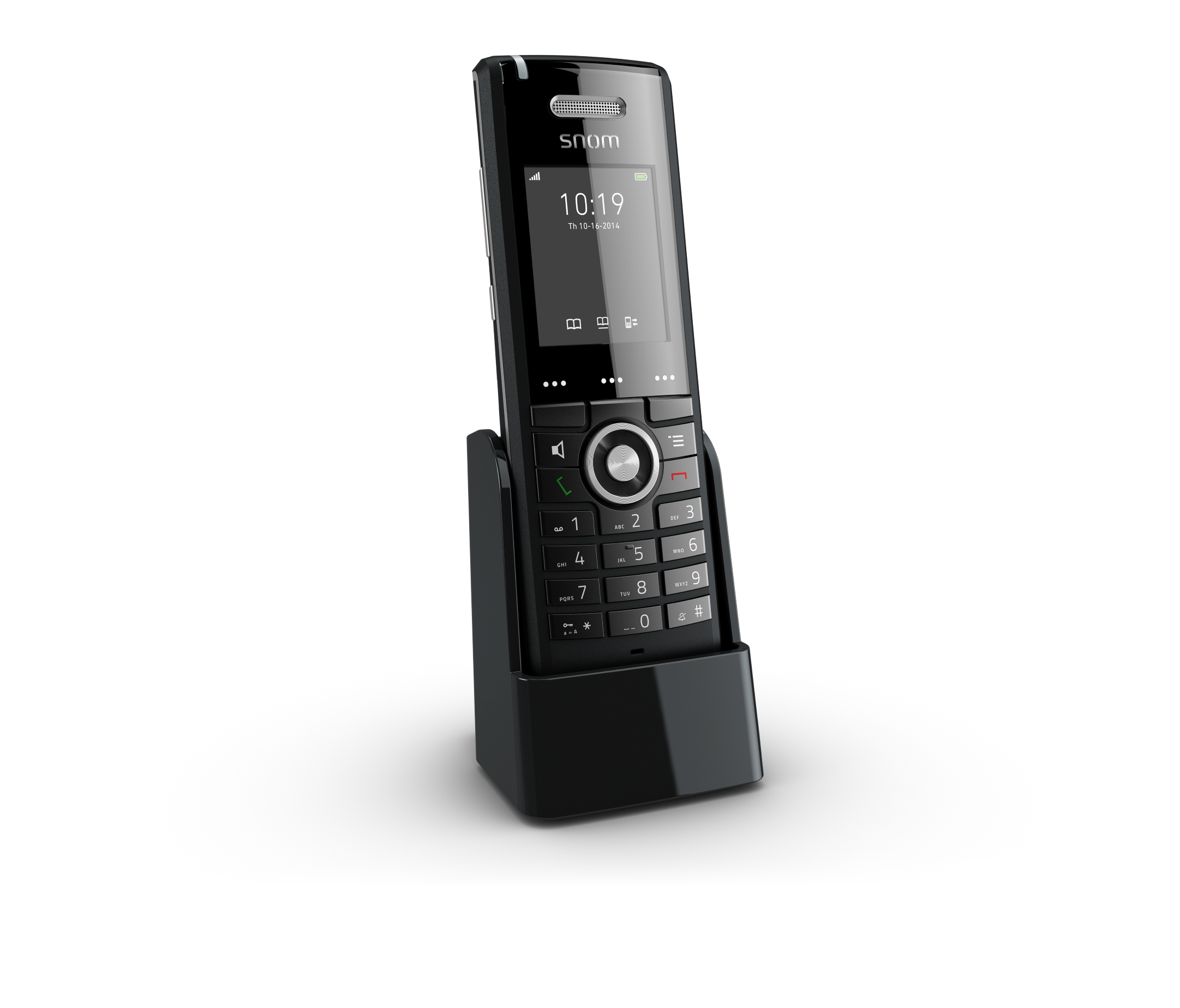
Handset for office use. Equipped with a sufficiently capacious battery that allows you to work up to 250 hours in standby mode and up to 17 hours in talk time. The handset has a large, bright display and interacts with a microcellular system to display up to 3,000 corporate phonebook contacts.
Snom M25
The most budgetary tube of this microcellular system. Unlike the M65, this handset uses rechargeable AAA batteries and therefore has a standby time of only 75 hours. Despite the budget, the handset has a very interesting, albeit somewhat minimalistic design with a metallized control key and an elegant metalized charging cradle.
The above handsets can be connected to M700 base stations up to 1000 pieces.
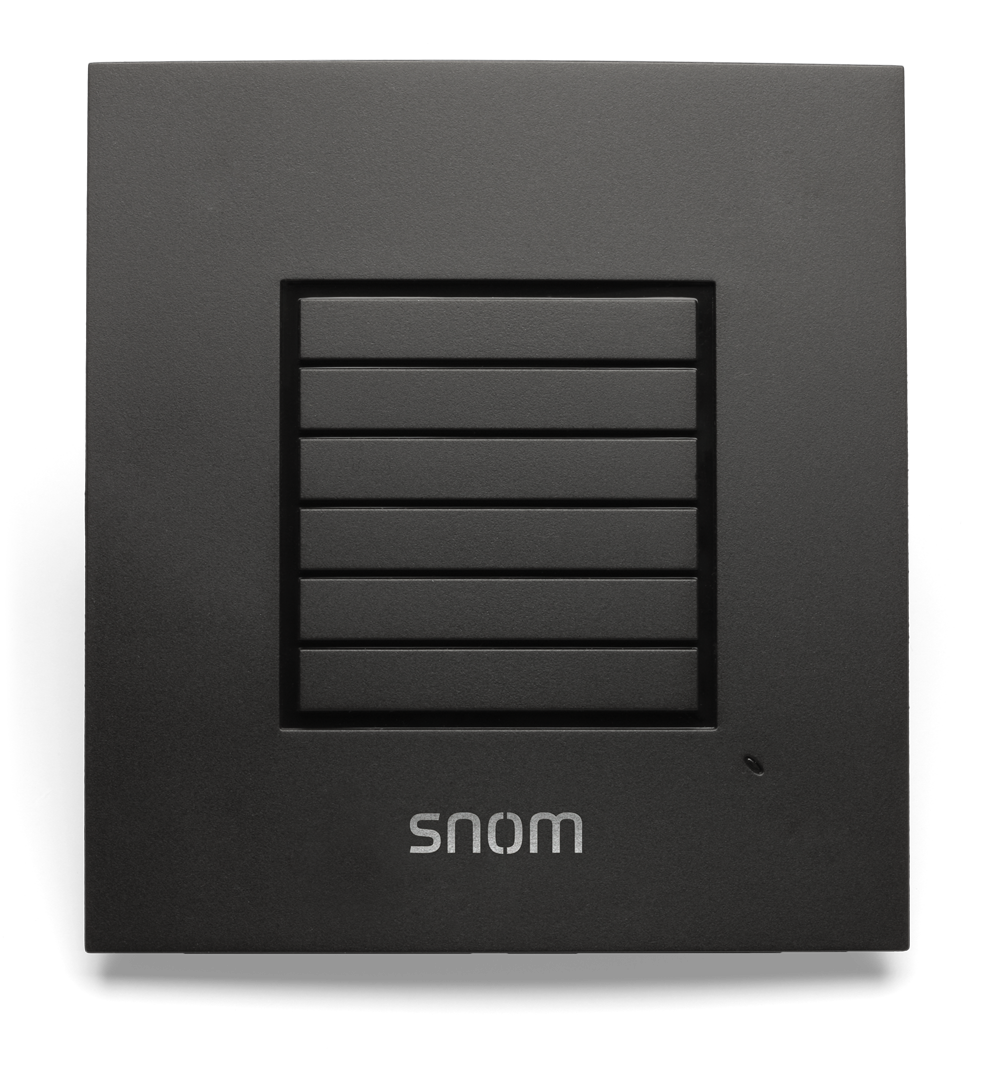
We told you about the pipes, there is still a component of the DECT system, namely the DECT repeater M5… The repeater is used to expand the range of base stations, at a significantly lower cost compared to a base station, the repeater has the same radio signal propagation radius, although it cannot stand in the gap between the bases. Another disadvantage of using a repeater is the reduction in the number of simultaneous calls. If the base station itself supports up to 8 simultaneous calls to the base in microcell mode, then there are only five repeaters.
Outcome
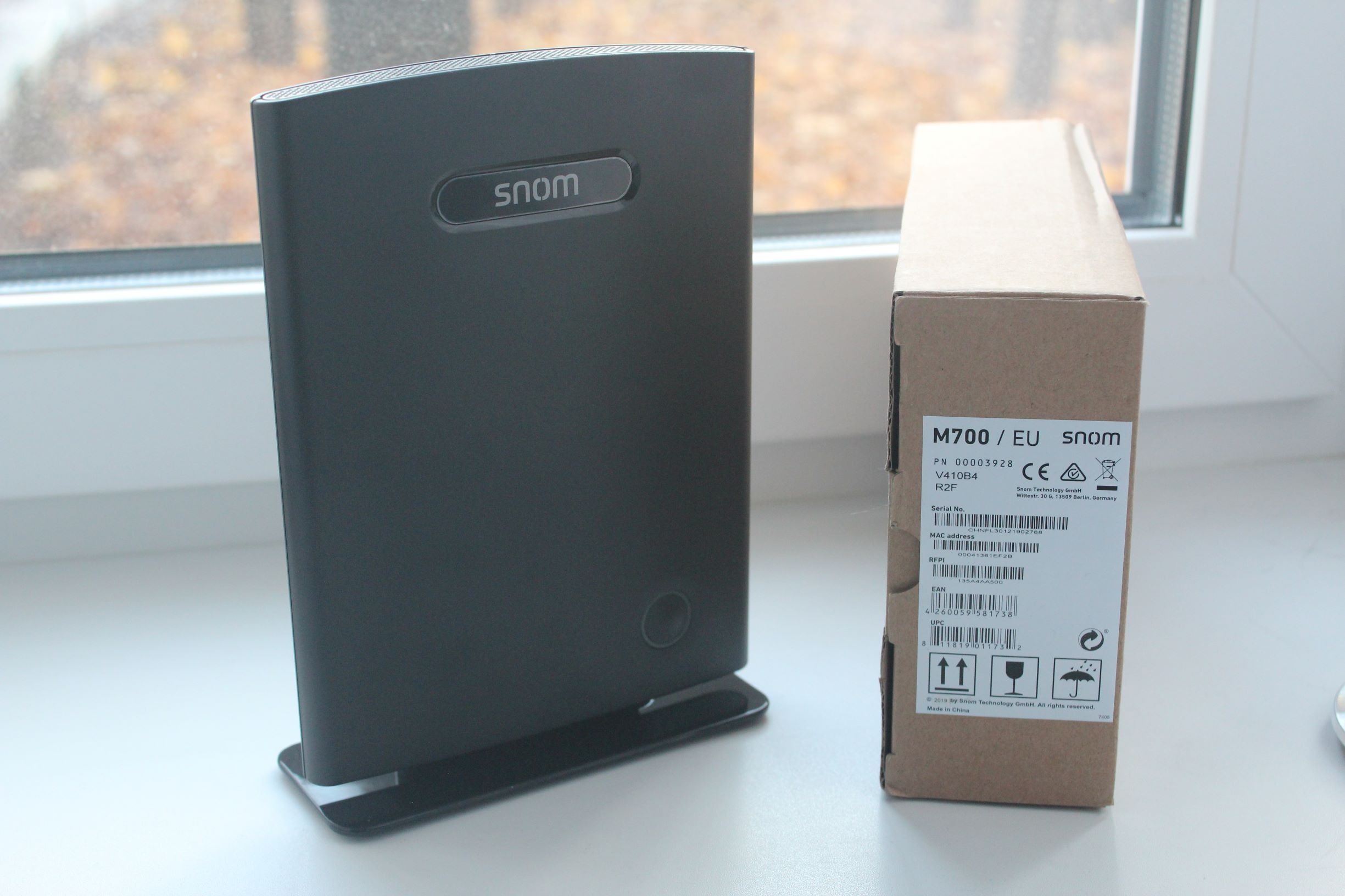
The M700 is a complete telecommunications system that supports the connection of a really large number of handsets and allows telephony to enterprises, buildings and small complexes of buildings, providing stable and high-quality communication for all employees. The different tube models allow the system to be truly versatile, and the use of repeaters to cover all the required space at no extra cost.

